| [1] |
KAISER J. Erkenntnisse und folgerungen aus der messung von gera-uschen bei zugbeanspruchung von metallischen werkstoffen[J]. Archiv Eisenhüttenwesen, 1953, 24(1/2): 43-45.
|
| [2] |
BARR S P, HUNT D P. Anelastic strain recovery and the Kaiser Effect retention span in the carrmenellis granite[J]. Rock Mechanics and Rock Engineering, 1999, 32(3): 169-193.
|
| [3] |
GOODMAN R E. Subaudible noise during compression of Rock[J]. Gco Soe Am Bull, 1963, 74: 487-490.
|
| [4] |
FEERINEIS N. Anwendung der schallemissionanalyse(SEA) als zerstorungsfreies Prufverfahren fur Beton[J]. Dissertation TH Darmstadt, 1982: 511-524.
|
| [5] |
纪洪广, 李造鼎. 混凝土材料凯塞效应与Felicity效应关系的研究[J]. 应用声学, 1997, 16(6): 33-44. (JI Hong-guang, LI Zao-ding. Experimental study on the relationship of kiser and felieity effect in concrete material[J]. Applied Acoustics, 1997, 16(6): 33-44. (in Chinese))
|
| [6] |
李庶林, 唐海燕. 不同加载条件下岩石材料破裂过程的声发射特性研究[J]. 岩土工程学报, 2010, 32(1): 47-52. (LI Shu-lin, TANG Hai-yan. Acoustic emission characteristics in failure process of rock under different uniaxial compressive loads[J]. Chinese Journal of Geotechnical Engineering, 2010, 32(1): 47-52. (in Chinese))
|
| [7] |
卢运虎, 陈 勉, 金 衍, 等. 碳酸盐岩声发射地应力测量方法实验研究[J]. 岩土工程学报, 2011, 33(8): 62-68. (LU Yun-hu, CHEN Mian, JIN Yan, et al. Experimental study on stress measurement for sound emission in carbonate formation[J]. Chinese Journal of Geotechnical Engineering, 2011, 33(8): 62-68. (in Chinese))
|
| [8] |
KURITA K, FUJII N. Stress memory of crystalline rocks in acoustic emission[J]. Geophys Res Lett, 1979, 6: 9-12.
|
| [9] |
YOSHIKAWA S, MOGI K. A new method for estimation of the crustal stress from rock samples: laboratory study in the case of uniaxial compression[J]. Tectonophysics, 1981, 74: 323-339.
|
| [10] |
LI C, NORDLUND E. Experimental verification of the Kaiser effect in rocks[J]. Rock Mech Rock Eng , 1993, 26: 333-351.
|
| [11] |
GOODMAN R E. Subaudible noise during compression of rocks[J]. Bull Geol Soc Am , 1963, 74: 487-490.
|
| [12] |
HOLCOMB D J. Using acoustic emission to determine in situ stress: problems and promise[J]. Geomechanics, 1983, 57: 11-21.
|
| [13] |
YOSHIKAWA S, MOGI K. Experimental studies on the effect of stress history on acoustic emission activity—a possibility for estimation of rock stress[J]. J Acoust Emission , 1989, 8(4): 113-123.
|
| [14] |
KOERNER R M, LORD A E. AE detection of prestress in soil and rock[C]// Proceedings of the Fourth Conference on AE/MA in Geologic Structures and Materials. Clausthal- Zellerfeld: Trans Tech Publications, 1989: 73-86.
|
| [15] |
FILIMONOV Y L, LAVROV A V, SHKURATNIK V L. Prospects of memory effects for stress measurement applications in rock salt[C]// Proceedings of EUROCK’2001 Symposium. Rotterdam: A A Balkema, 2001: 59-63.
|
| [16] |
SHIN K, KANAGAWA T. Kaiser effect of rock in acousto-elasticity, AE and DR[C]// Proceedings of the Fifth Conference on AE/MA in Geologic Structures and Materials. Clausthal-Zellerfeld: Trans Tech Publications, 1995: 197-204.
|
| [17] |
MICHIHIRO K, HATA K, YOSHIOKA H, et al. Determination of the initial stresses on rock mass using acoustic emission method[J]. J Acoust Emission, 1991/1992, 10(1/2): 63-76.
|
| [18] |
陈 勉, 张 艳, 金 衍, 等. 加载速率对不同岩性岩石Kaiser效应影响的试验研究[J]. 岩石力学与工程学报, 2009, 28 (增刊l): 2599-2606. (CHEN Mian, ZHANG Yan, JIN Yan, et al. Experimental study of influence of loading rate on Kaiser effect of different lithological rocks[J]. Chinese Journal of Geotechnical Engineering, 2009, 28(S1): 2599-2606. (in Chinese))
|
| [19] |
LAVROV A. Kaiser effect observation in brittle rock cyclically loaded with different loading rates[J]. Mech Mater, 2001, 33: 669-677.
|
| [20] |
STUART C E, MEREDITH P G, MURRELL S A F, et al. Anisotropic crack damage and stress-memory effect in rocks under triaxial loading[J]. Int J Rock Mech Min Sci Geomech Abstr, 1993, 30: 937-941.
|
| [21] |
MIHIHIRO K. Rock at great depth[M]. Rotterdam: A A Balkema. 1989: 1025-1032.
|
| [22] |
卢兴宇. 关于Kaiser效应和应力方向的初步探讨[J]. 重庆建筑工程学院院报, 1987(7): 45-46. (LU Xing-yu. Preliminary discussion on the Kaiser effect and the stress orientation[J]. Journal of College of Civil Engineering, Chong-qing, 1987(7): 45-46. (in Chinese))
|
| [23] |
张 雪, 刘建中, 曹新玲, 等. 岩石在有围压条件下的声发射凯瑟效应[J]. 东北地震研究, 1990(12): 77-86. (ZHANG Xue, LIU Jian-zhong, CAO Xin-ling, et al. The Kaiser effect of acoustic emission of rocks under the condition with confining pressure[J]. Northeastern Seismological Research, 1990(12): 77-86. (in Chinese))
|
| [24] |
黄志鹏, 朱可善, 郭映忠. 岩石Kaiser 效应方向独立性试验研究[J]. 长江科学院院报, 1998, 15(2): 34-37. (HUANG Zhi-peng, ZHU Ke-shan, GUO Ying-zhong. Experimental study on rock kaiser effect’s direction independence[J]. Journal of Yangtze River Scientific Research Institute, 1998, 15(2): 34-37. (in Chinese))
|
| [25] |
方亚如. 岩石声发射Kaiser 效应的方向独立性[J]. 地震地磁观测与研究, 1986, 7(2): 22-28. (FANG Ya-ru. Research on direction independence of rock kaiser effect[J]. Seismological and Geomagnetic Observation and Research, 1986, 7(2): 22-28. (in Chinese))
|
| [26] |
黄润秋, 王士天. 用Kaiser 效应测试地应力的新认识[C]//全国第三届岩土工程地质大会论文集. 北京, 1988: 56-60. (HUANG Run-qiu, WANG Shi-tian. The new understanding of using the Kaiser effect to test the crustal stres[C]// The 3rd Conference of Geo-Engineering. Beijing, 1988: 56-60. (in Chinese))
|
| [27] |
HOLCOMB D J, COSTIN L S. Detecting damage surfaces in brittle materials using acoustic emissions[J]. J Appl Mech 1986, 53: 536-544.
|
| [28] |
HOLCOMB D J. General theory of the Kaiser effect[J]. Int J Rock Mech Min Sci Geomech Abstr , 1993, 30: 929-935.
|
| [29] |
LAVROV A, VERVOOTR A, WEVERS M, et al. Experimental and numerical study of the Kaiser effect in cyclic Brazilian tests with disk rotation[J]. International Journal of Rock Mechanics & Mining Sciences, 2002, 39(3): 287-302.
|
| [30] |
阎 南. 岩石Kaiser 效应方向独立性研究[D]. 昆明: 昆明理工大学, 2008. (YAN Nan. Research on direction independence of rock kaiser effect[D]. Kunming: Kunming University of Science and Technology, 2008. (in Chinese))
|



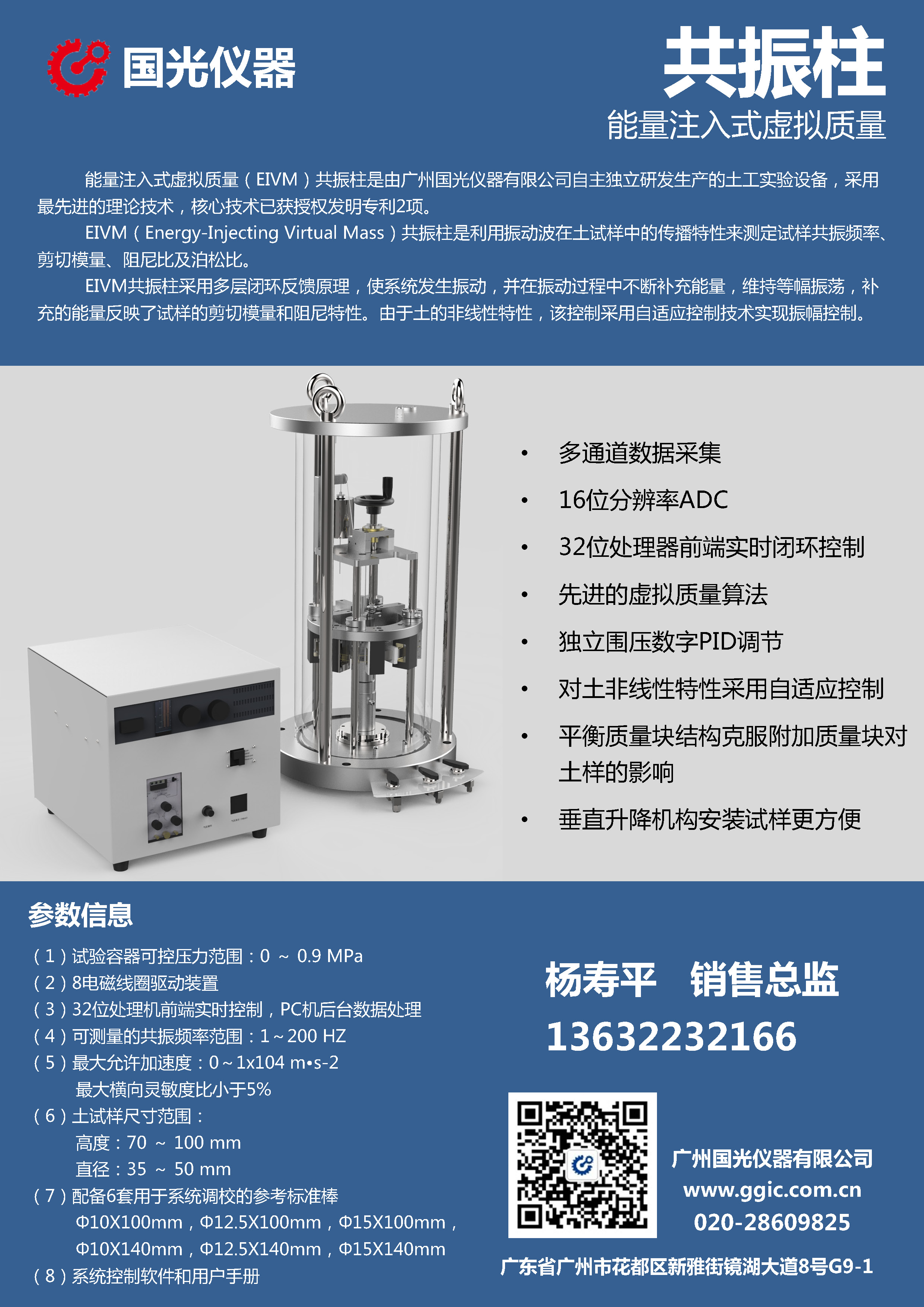
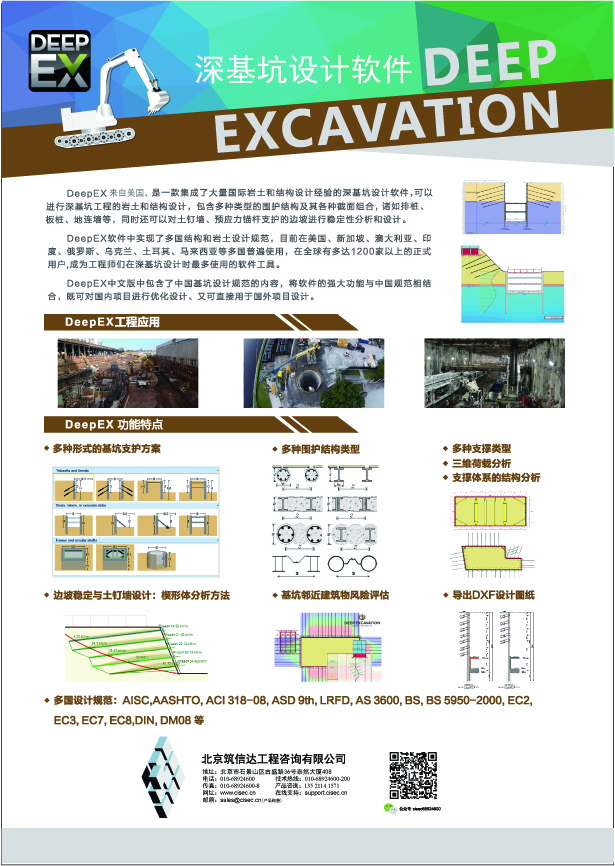
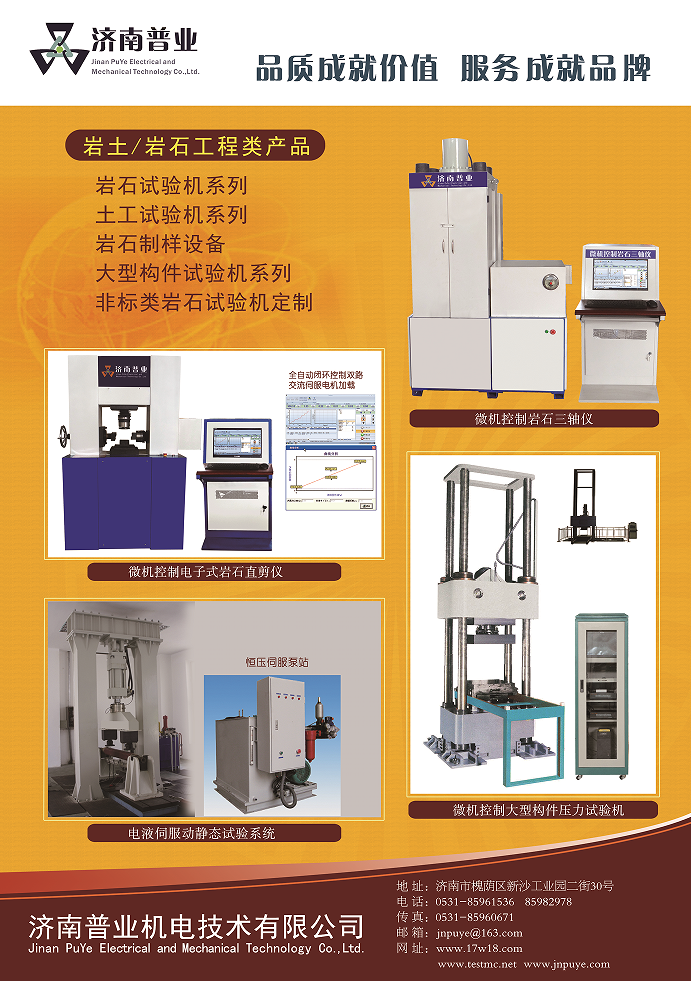
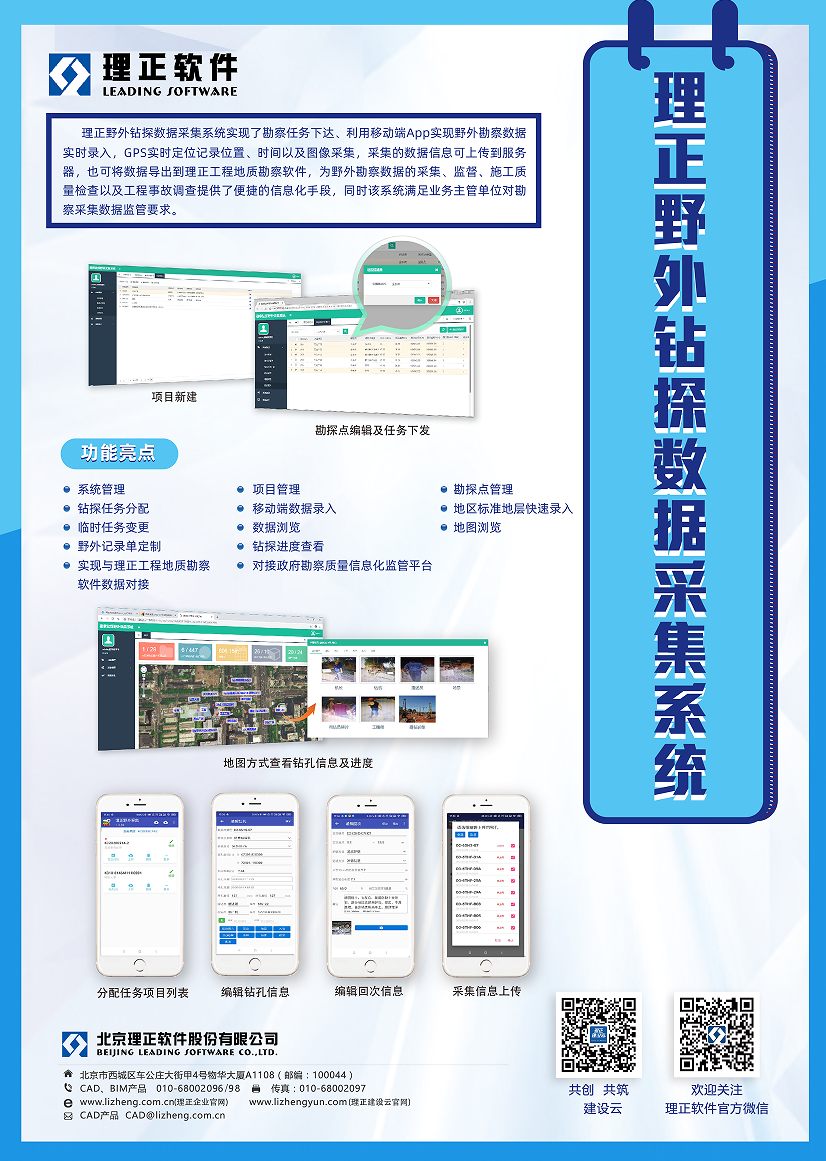
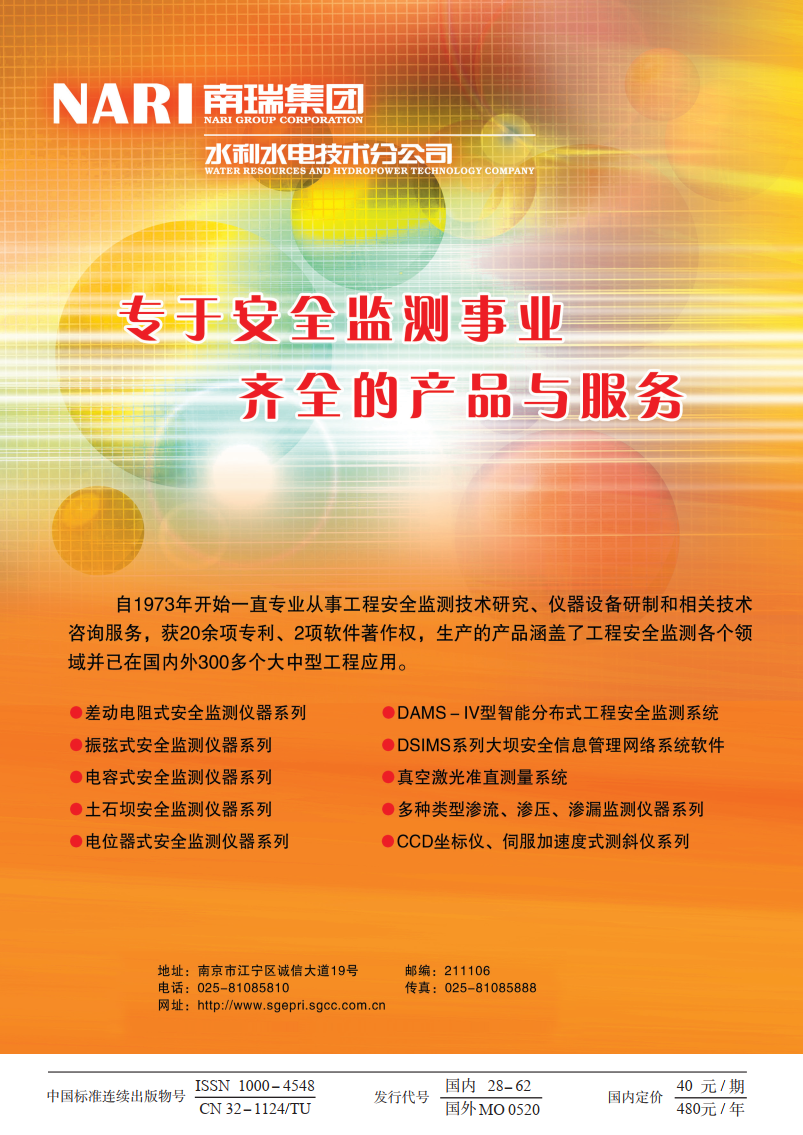
 下载:
下载:
